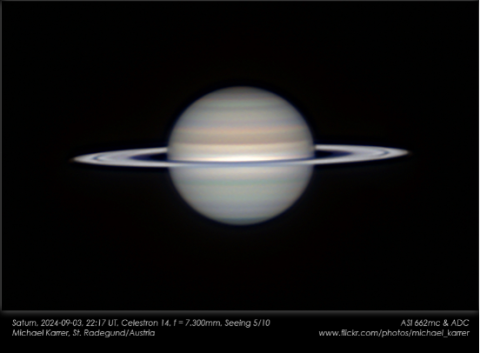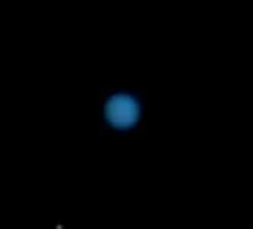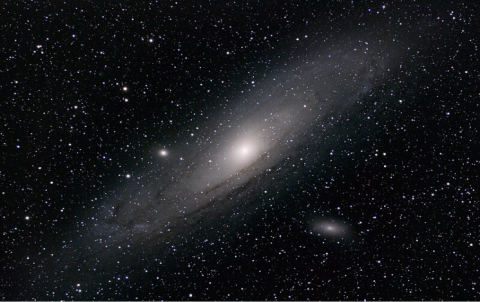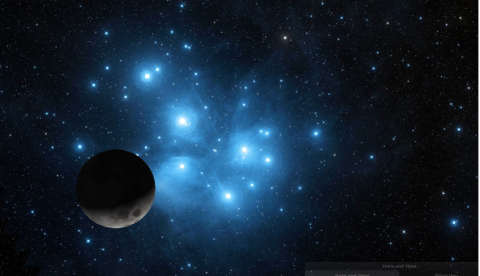October 10, 2025, at 7:30 pm, Free Public Stargazing @ the MHO
This activity is weather-dependent. Please dress for a cool to chilly evening.
The Ring planet Saturn will be in the constellation Aquarius; the Rings of Saturn will be less tilted towards us, so we will see less of the Rings. The rings are composed of lumps of ice from the size of tiny particles to boulders about the size of a car. Saturn has 146 moons, Titan is the largest, and Rhea, Lapetus, Dione, and Tethys are 2nd, 3rd, 4th, and 5th in size.
Image

Visible near Saturn, to the east, an ice giant will be visible: Neptune. Neptune is the furthest planet from the sun in our solar system, has powerful winds, and faint rings. Due to its far distance from the Earth, we see this planet rather small and faint, yet very blue, which is nevertheless fascinating. Due to its blue hue, this planet captured the imagination of scientists who, following tradition, associated it with the Roman god of the sea, hence the name Neptune.
Image

Just east of the constellation Cassiopeia, you find M31, the Andromeda galaxy; it is the nearest galaxy to us at 2.5 million light-years away. It is slightly larger than our own Milky Way galaxy. The Andromeda and Milky Way galaxies will collide in 4 billion years; we are traveling at 110 kilometers per second toward each other.
Image

Later in the night, the 7 Sisters, "The Pleiades" M45 can be found in the constellation Taurus. So many myths and stories have been written about this star cluster from Asia, Europe, North/South America, Indonesia, Aboriginal Australia, and Africa. Most people see 6 or 7 stars, but with eyes that are dark-adapted for 30 minutes, you can see up to 9 stars. The Pleiades are 75 to 150 million years old, so they are fairly young stars and are 444 light-years away from Earth.
Image

Our natural satellite, the Moon, will also accompany us following “The Pleiades” in the sky. The moon is the ruler of the night, celebrated in countless human stories for the awe and beauty that compel us to surrender to its splendor. On this night, the moon is partially illuminated, on a Waning Gibbous phase, as it is coming out of its full moon phase, slowly darkening the sky over the days to come.
For questions, contact Carlos Morante Melendez at carlos.morantemelendez@evc.edu
Parking: Free Parking after 6:00 PM in parking lot #9 for this event.
Campus Map at evc.edu/map